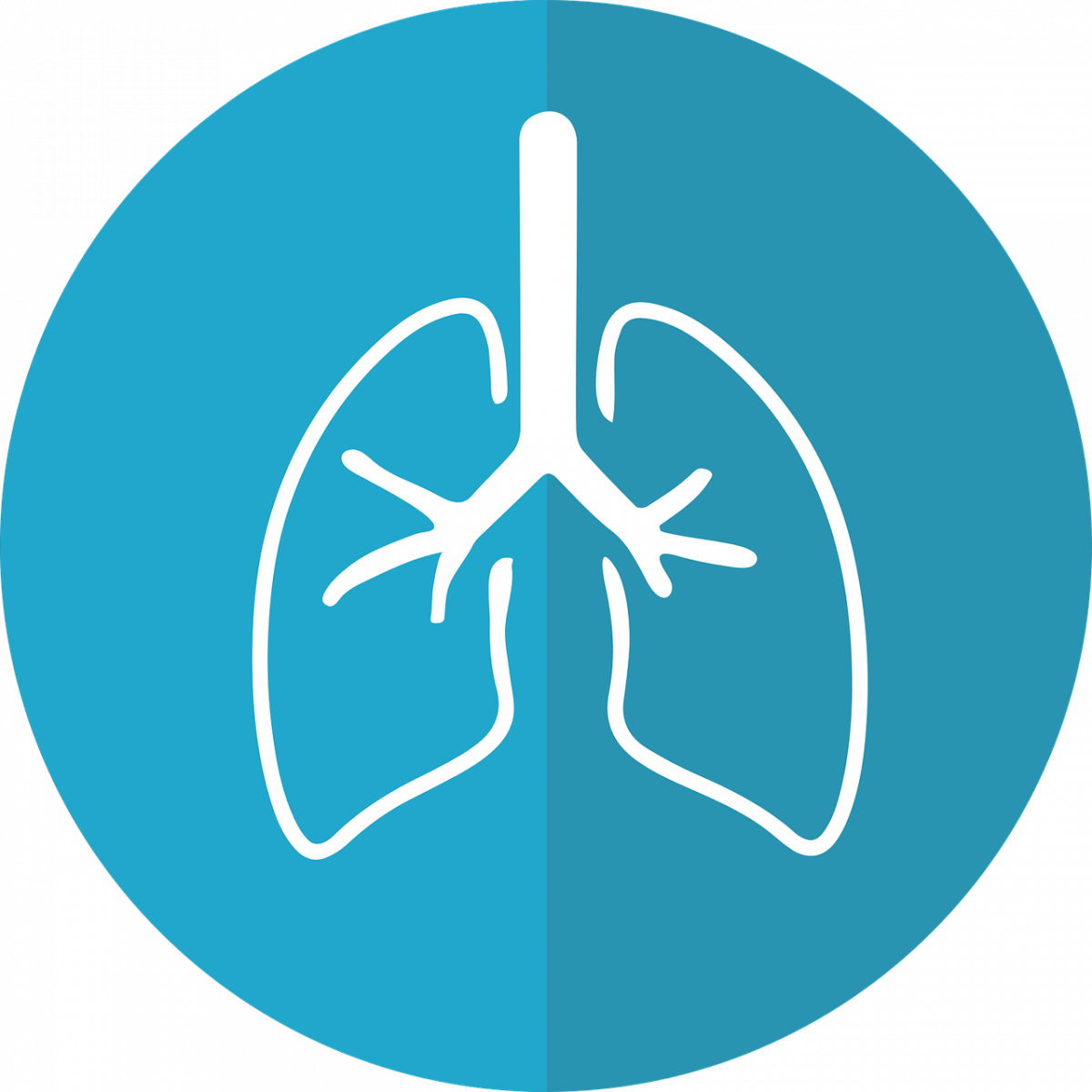Lung Cancer: 2nd most common cancer worldwide
Smoking is considered to be responsible for around 80% of lung cancer fatalities, and this figure is likely to be much higher in the case of small cell lung cancer (SCLC). By far the most significant risk factor for lung cancer is smoking.
Persons who smoke have a far higher chance of developing lung cancer than people who do not smoke. The longer you smoke and the more packs you smoke daily the higher your risk.
A risk factor is something that enhances a person’s likelihood of contracting an illness such as cancer. Risk factors for various malignancies vary. Some risk factors, such as smoking, can be modified. Others, such as a person’s age or family history, are unchangeable.
However, possessing a risk factor, or even several, does not guarantee that you will get the illness. Furthermore, some persons who have the condition may have little or no established risk factors.
Lung cancer is the 2nd most common cancer worldwide, according to WCRF. It is the most common cancer in men and the 2nd most common cancer in women. There were more than 2.2 million new cases of lung cancer in 2020.
Lung Cancer Screening
According to a study, the risk category for lung cancer has spread to a younger generation, whether smokers or nonsmokers. The WHO has identified air pollution as a critical contributor to the growing trend of young, nonsmokers being at risk for lung illnesses.
Some experts label air pollution a ‘hidden public health emergency’ and ‘the new tobacco’. It offers a new problem for doctors attempting to treat and prevent lung cancer: determining risk factors for the illness.
Simply put, how does one tackle the risk of lung cancer in a 25-year-old, non-smoking individual living a reasonably healthy lifestyle when a risk factor could be the simple act of breathing?
Lung cancer screening is a procedure that detects the existence of lung cancer in otherwise healthy persons who are at high risk of developing lung cancer. To detect lung cancer, doctors utilize a low-dose computerized tomography (LDCT) scan of the lungs. Lung cancer is more likely to be treated if it is diagnosed at an early stage.
Artificial Intelligence (AI) solution for Screening
At various degrees of detection difficulty, artificial intelligence (AI) can enhance the identification of pulmonary nodules on chest radiographs. When compared to the unaided interpretation of chest x-rays, AI-aided interpretation can dramatically enhance the identification of pulmonary nodules.
On imaging, most early lung malignancies appear as pulmonary nodules, which can be readily overlooked on chest radiographs. When compared to unaided interpretation, an AI system may enhance the diagnostic performance of radiologists with varying degrees of expertise in recognizing pulmonary nodules on chest radiographs.
We have an artificial intelligence (AI) solution for chest X-rays that have been tried, tested, and trusted to aid in the identification and reporting of missing nodules, emphasizing the need for opportunistic screening for detecting probable lung malignancies early.
Our solution is backed by research that has found that AI-based systems might better detect key discoveries on Chest X-Rays, such as cancerous nodules. This raises the prospect of opportunistic screening for lung cancer and other respiratory disorders becoming the norm.
These solutions may genuinely make a difference, supplementing physicians’ and radiologists’ efforts every time a Chest X-ray or Chest CT is performed.
To know more about such innovative solutions and evolving use cases in different domains along with collaboration and partnership opportunities please write us at open-innovator@quotients.com






